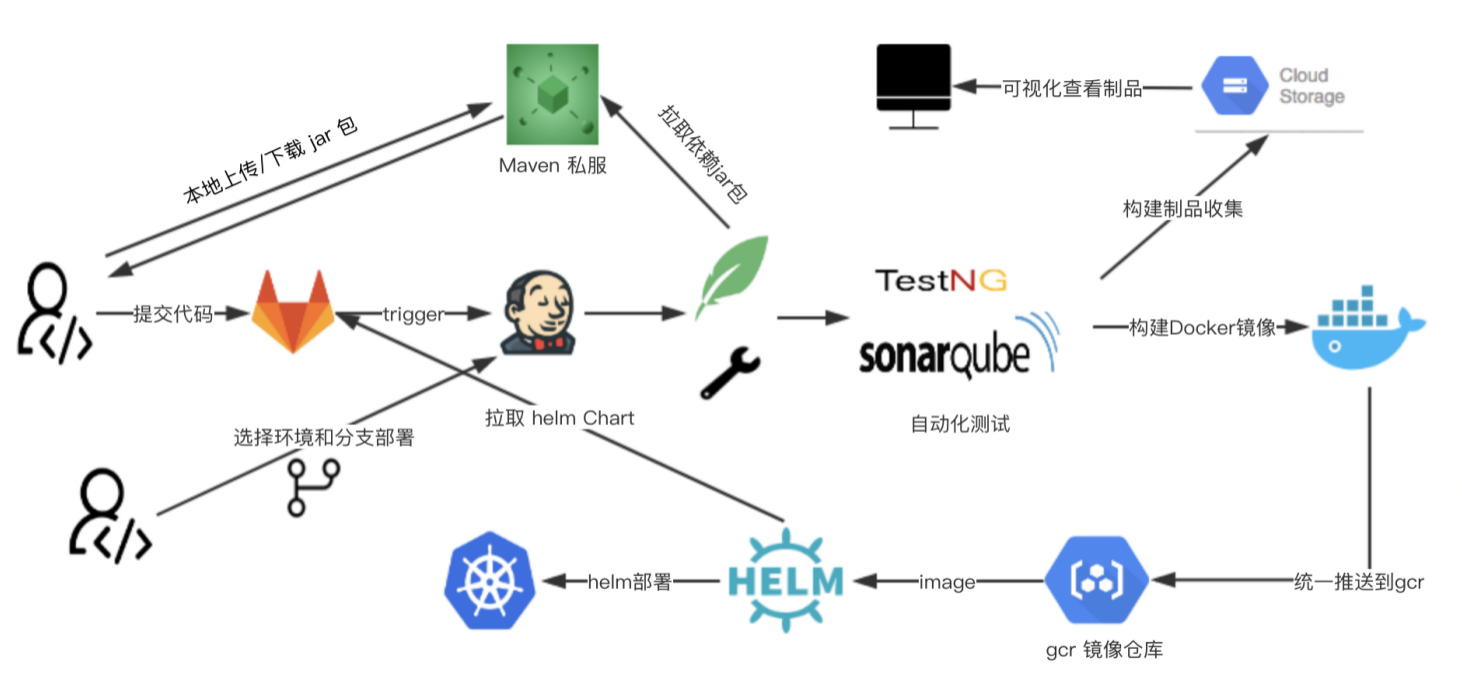

3 Kubernetes Architecture simply explained 4 How Kubernetes makes high availability, scalability, disaster recovery possible? - with simple animations 🤩 5 What is Minikube and Kubectl? 🤔 Setup a Minikube cluster for Kubernetes Beginners 6 Kubectl Basic Commands | How to create and debug a pod in a Minikube cluster 😏 7 Kubernetes YAML File simply explained for Beginners 8 Complete Guide to setting up your Application using Kubernetes Components 9 Kubernetes Namespaces Explained in 15 mins 10 Kubernetes Ingress Tutorial for Beginners 🙌🏼 11 What is Helm in Kubernetes? 🤷🏻♂️ 12 Kubernetes Pods vs Containers | K8s Networking Basics 💡 13 ConfigMap and Secret as Kubernetes Volumes?! 🤔 14 How to pull image from private Docker Registry in Kubernetes cluster 🤔 15 Deployment vs StatefulSet | Kubernetes StatefulSet simply explained 16 Kubernetes Services simply explainedġ Kubernetes simply explained for beginners 2 The only Kubernetes video you need to watch to understand more about K8s than most developers 💪🏼. A ConfigMap stores configuration settings that your Kubernetes Pods consume. A file would be created for each key mentioned in the Secret, whose content would be the respective value.1 Kubernetes simply explained for beginners 2 The only Kubernetes video you need to watch to understand more about K8s than most developers 💪🏼. We can also mount a Secret as a Volume inside a Pod. Kubernetes provides these key-value pairs to your. Using Secrets as Environment VariablesĪs shown in the following example, we can reference a Secret and assign the value of its key as an environment variable ( WORDPRESS_DB_PASSWORD): A configMap is a dictionary (maps, hashes) of configuration settings consists of string key-value pairs. Secret is missinga Secret is used to store sensitive information such as credentials. Select the Data Type as Kubernetes ConfigMap, if you wish to use the ConfigMap created by Devtron. This improves the portability of the containerized application.
#What is kubernetes configmap code#
ConfigMap helps to decouple the application code and the configuration artifacts. Kubernetes provides these key-value pairs to your application container. We can get Secrets to be used by containers in a Pod by mounting them as data volumes, or by exposing them as environment variables. Cause Resolution ConfigMap is missinga ConfigMap stores configuration data as key-value pairs.: Identify the missing ConfigMap and create it in the namespace, or mount another, existing ConfigMap. A configMap is a dictionary (maps, hashes) of configuration settings consists of string key-value pairs. If we want to have a configuration file for our Secret, we must first get the base64 encoding for our password:Īnd then use it in the configuration file: While most types of Kubernetes secrets store sensitive information, ConfigMaps store general configuration information, such as a group of config files.

With Secrets, each object data must be encoded using base64. A ConfigMap can be used to store fine-grained information like individual properties or coarse-grained information like entire configuration files or JSON blobs. Kubernetes deployment is an abstraction layer for the pods home system property This environment variable allows you to specify the initialization of tools, specifically the launching of native or Java programming language agents using the -agentlib or -javaagent options This environment variable allows you to specify the initialization of. This approach differs from configuring CoreDNS in. The ConfigMap object provides mechanisms to inject containers with configuration data while keeping containers agnostic of OpenShift Container Platform. This article shows you how to use ConfigMaps for basic customization options of CoreDNS in AKS.

To see the default AKS CoreDNS ConfigMaps, use the kubectl get configmaps -namespacekube-system coredns -o yaml command. Kubernetes has two types of objects that can inject configuration data into a container when it starts up: Secrets and ConfigMaps.

What is the preferred way forward - secrets or config maps P.S. Kubernetes Secrets and ConfigMaps separate the configuration of individual container instances from the container image, reducing overhead and adding flexibility. We can also create a Secret manually, using the YAML configuration file. Instead, you use a Kubernetes ConfigMap to override the default settings. Have been using Kubernetes secrets up to date. Analyzing the get and describe examples below, we can see that they do not reveal the content of the Secret.


 0 kommentar(er)
0 kommentar(er)
